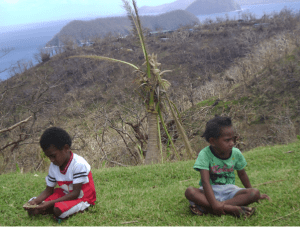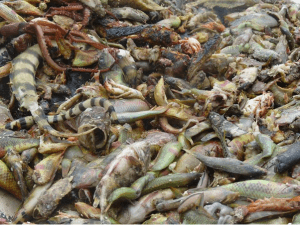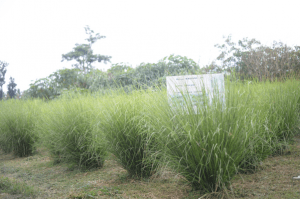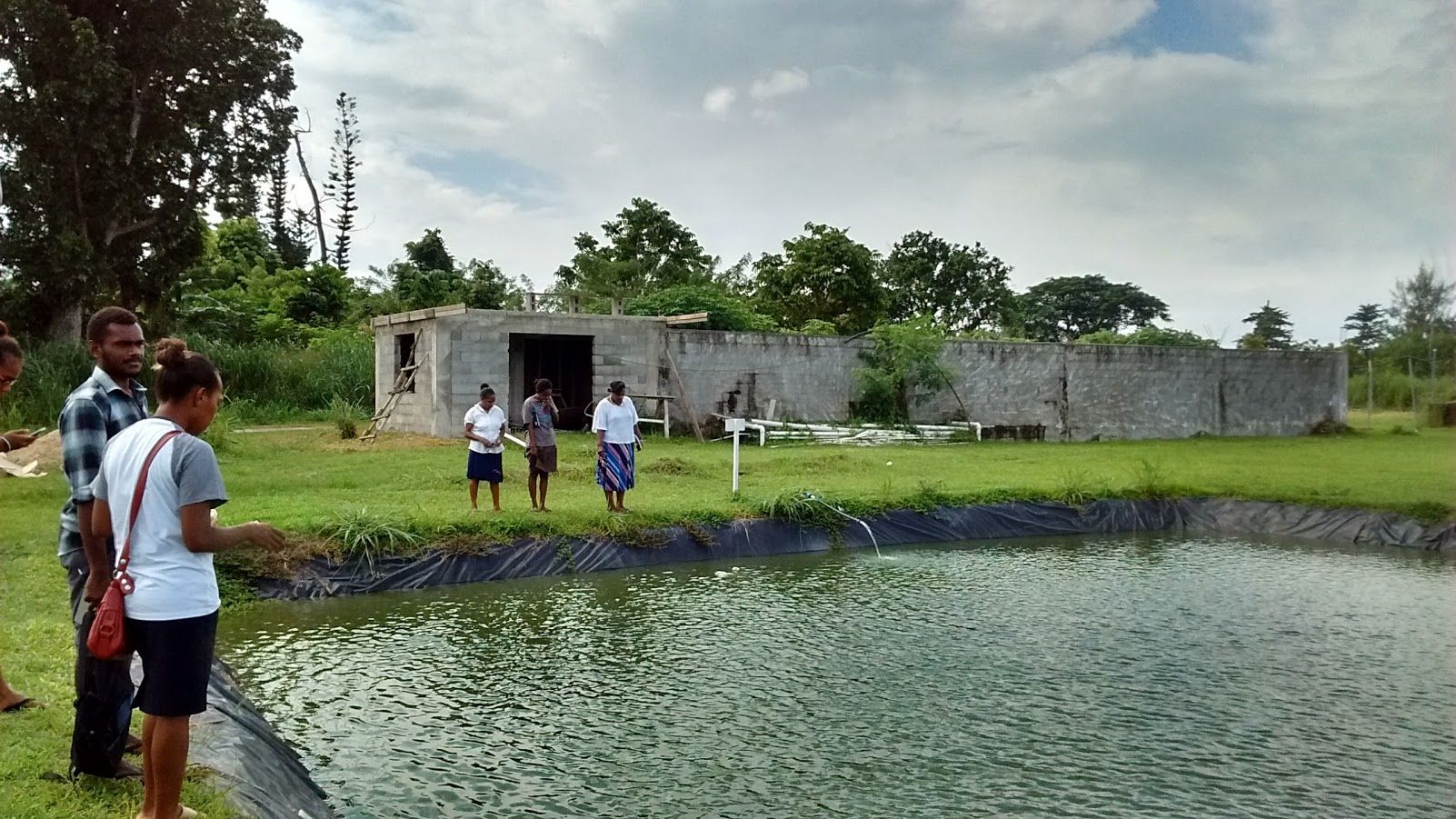People lost their lives, fruit trees and gardens when cyclone Pam hit Vanuatu in 2015, causing concern for food security. Rebuilding lives was a challenge for the cyclone-prone country where people rely on their coast and land for livelihoods. Crops and fish stock may takes years to recover.

As the archipelago began to rebuild, it was hit by a prolonged El Niño drought. The sectors of agriculture and fisheries which feed the entire nation were affected.
The departments of agriculture and fisheries are taking initiatives to reduce the impacts of Cyclone Pam and future cyclones, while tackling the associated impacts of climate change.

Vanuatu recorded its highest temperature of 36.5 degree Celsius during El Niño. According to experts at the climate division, this has resulted in low oxygen levels at the sea surface, causing fish kills in Efate and other islands. Coral reefs have also suffered.
With generous support from donor partners, the Department of Agriculture (DOA), through its Vanuatu Coastal Adaptation Project (VCAP), is working to build resilience, sustained livelihoods, and increased food production. VCAP has sites in all provinces.
VCAP Upland Technical Coordinator, Pakoa Leo, said they are engaging in community coastal tree planting to prevent soil erosion from upper land polluting coral reefs.
Communities are encouraged to plant grasses such as vetiver bunch grass, an imported species, to prevent erosion and strengthen resilience, and to plant ‘natungura’ and ‘pandanus’ to act as wind shield, said Leo.

Apart from VCAP, Leo pointed out that the DoA is using a farming technique called grafting to reduce pest and disease-resilient plants that can withstand the changing climate in Vanuatu.
Grafting has been applied to citrus and flowering plants. Demonstration plots have been re-established in various islands following cyclone Pam to revive production.
In 2009, the DoF turned to Tilapia fish farming to boost food security and income for farmers.
While scientists believe that climate change will lead to more extreme weather events, tilapia can survive both many weather conditions, including drought, said the Aquaculture Officer Andrew Williams.
Tilapia causes less pollution and are likely to be affected during cyclones, he added.
It is an alternative for communities located further inland that are not accessing the ocean for protein. The species was initially rolled out on Eate, Santo, Tanna, Maewo and Pentecost.
According to Williams, the biggest tilapia harvest in 2016 was around 100 kg. Williams was speaking to a group of journalists on a day tour to the Tagabe Aquaculture Station as part of a workshop on climate change held in Port Vila.
Organised by Internews’ Earth Journalism Network in partnership with the Media Association of Vanuatu (MAV) and the Ministry of Climate Change, this workshop aims to empower media professionals in fulfilling their role as key players in society to communicate information to battle against climate change related issues.




